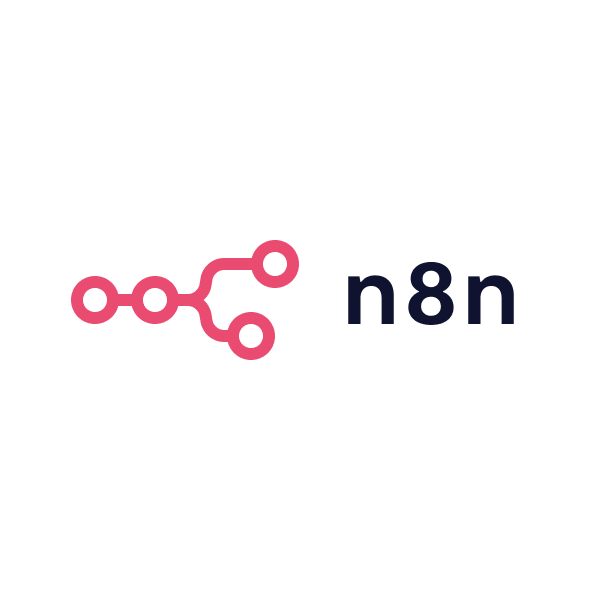As a Zapier Certified Expert, I’ve been using Zapier since 2014. I’ve seen its strengths and limitations over the years, especially when working with non-developers. Recently, I’ve been testing Pipedream as an alternative for more technical use cases. This review is based on desk research as I haven’t used Pipedream extensively in a live environment yet. However, from my initial impressions, here’s what I think about it.
Strengths of Pipedream
One of the standout features of Pipedream is its developer-friendly environment. Unlike other no-code platforms like Zapier, which are built for marketers with minimal technical experience, Pipedream allows users to write custom code. This gives developers far more flexibility to create tailored workflows that meet specific business needs. Whether you're managing complex data processing, integrating with custom APIs, or automating backend workflows, Pipedream gives you full control over the process.
Another advantage of Pipedream is its vast library of integrations. With over 1,000 pre-built integrations, it makes connecting services like Slack, Google Sheets, and Stripe a breeze. For marketers working with multiple platforms, this eliminates the headache of managing data across different tools. Unlike Zapier, where some integrations require specific setups or additional paid plans, Pipedream offers these integrations without any restrictions. This makes it an excellent choice for teams that require advanced flexibility in connecting various applications.
The ability to write custom code within Pipedream is another huge advantage. While tools like Zapier are limited to a set of actions and triggers, Pipedream lets you create your own logic and automate virtually any process. This is particularly valuable when dealing with complex integrations that need tailored processing or formatting. For example, if you need to pull data from multiple APIs and manipulate it before sending it to a final destination, Pipedream lets you do this in a way that other platforms can't.
Limitations of Pipedream
While Pipedream offers impressive flexibility, its reliance on coding can be a significant barrier for non-developers. Unlike Zapier, which is designed for marketers without coding skills, Pipedream requires users to have a strong understanding of programming languages. This makes it less accessible to B2B marketers who don't have a technical team. Without the right technical expertise, using Pipedream might be challenging and time-consuming.
Another limitation is the user interface, which is more utilitarian compared to other platforms like Zapier. While it provides powerful features, the user experience can feel overwhelming for marketers or business owners who are used to simple, intuitive platforms. Navigating through complex workflows and debugging issues requires a certain level of expertise, which can be daunting for those unfamiliar with such tools.
Finally, Pipedream’s pricing model, while competitive, might not be ideal for businesses with small budgets. The free tier is limited to 300 invocations per month, and depending on your needs, you may quickly hit that limit. Although the paid plans are affordable for larger teams, smaller teams or startups might find it a bit more expensive than other no-code alternatives like Zapier, especially if you don't need the deep customisation that Pipedream offers.
Ideal fit for developers and businesses with complex workflows
Pipedream is a fantastic tool for businesses that require deep customisation and advanced workflows. If you have a technical team, Pipedream can be a great alternative to no-code platforms like Zapier. It’s especially useful for businesses dealing with complex integrations or custom data processing that requires coding. For SaaS businesses, large enterprises, or any team with access to developers, Pipedream provides the flexibility and power to automate almost any process.
However, if you’re a B2B marketer with little to no technical expertise or if your workflows are relatively straightforward, platforms like Zapier or Integromat are better suited for your needs. These platforms provide an easier, more user-friendly experience, enabling you to create automations without the need to write code.




